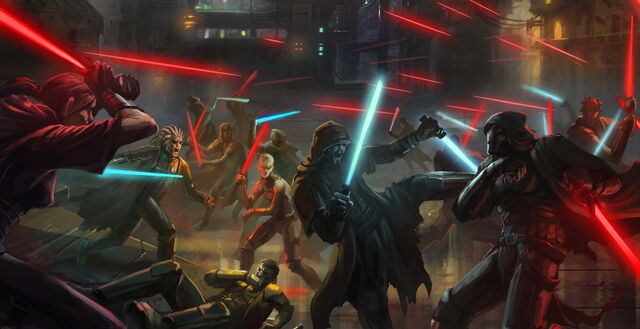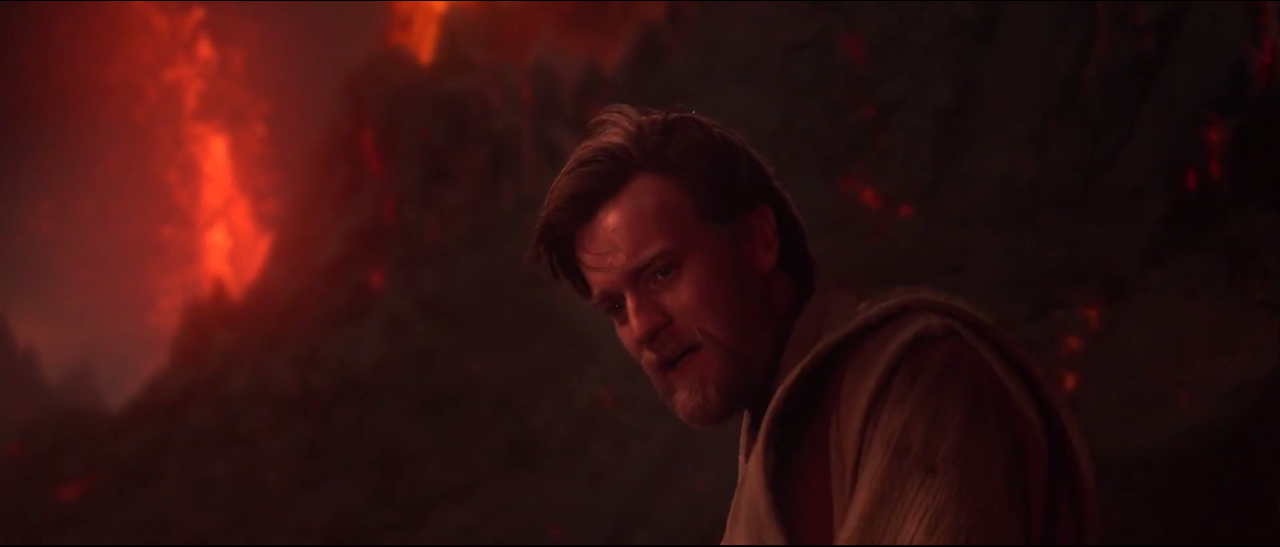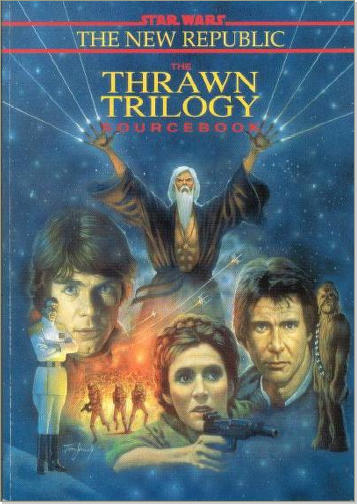—–WARNING, MILD SPOILERS AHEAD—–
 One doesn’t go into Star Wars: Empire and Rebellion: Honor Among Thieves expecting earth-shattering events. The novel is part of a series set between A New Hope and The Empire Strikes Back, so there’s a limited scope of action. Luke can’t display any dazzling Force feats, because he still struggles with telekinesis in ESB. Han can’t fully commit to the Rebellion or romance Leia, because that hasn’t happened yet either. Leia still has room to be a Rebel leader and diplomat, but the scale of the Rebellion’s successes still has to be pretty small since they’ve just won their first truly major victory. So all in all, it can’t be very interesting, can it? The first book in this series, Razor’s Edge, was at least Leia-centric in a way that novels haven’t been for a long time, but a Han-centric book between the first two films surely has got to feel like a retread.
One doesn’t go into Star Wars: Empire and Rebellion: Honor Among Thieves expecting earth-shattering events. The novel is part of a series set between A New Hope and The Empire Strikes Back, so there’s a limited scope of action. Luke can’t display any dazzling Force feats, because he still struggles with telekinesis in ESB. Han can’t fully commit to the Rebellion or romance Leia, because that hasn’t happened yet either. Leia still has room to be a Rebel leader and diplomat, but the scale of the Rebellion’s successes still has to be pretty small since they’ve just won their first truly major victory. So all in all, it can’t be very interesting, can it? The first book in this series, Razor’s Edge, was at least Leia-centric in a way that novels haven’t been for a long time, but a Han-centric book between the first two films surely has got to feel like a retread.
If you supposed that, you would be wrong. To be sure, the overall plot isn’t going to involve a galaxy-changing turn of events. There are little surprises in the situation of the Rebellion and the Empire at the end of the story, but that isn’t and shouldn’t be – excuse our pun – the whole story. James S.A. Corey – actually the pen name of two co-authors, but whom we’ll treat in the singular – does an excellent job of immersing the reader in the novel. Character development and world development are two issues that are extremely important to us as a reader, and these are strengths that this book has as a whole. It feels authentic, and it feels like a living, breathing galaxy. That’s important, because in the near future, we won’t be seeing any galaxy-shaking events in the EU since those will be reserved for the still-mysterious Episode VII. Instead, we’ll see more books like Honor Among Thieves and the Rebels television series, which will flesh out and develop periods of the timeline which we’ve generally already explored. If this novel is a prototype for future EU of that sort, we’re in good shape.
Read More




